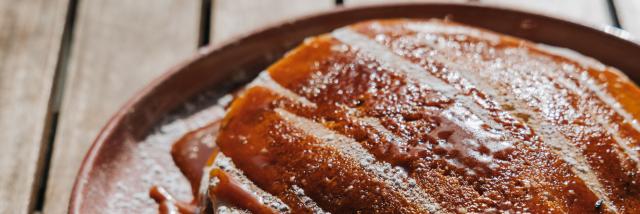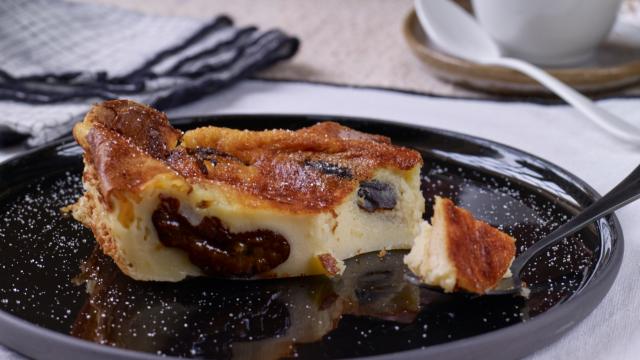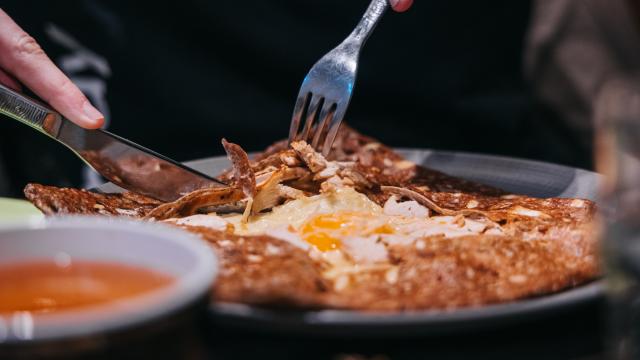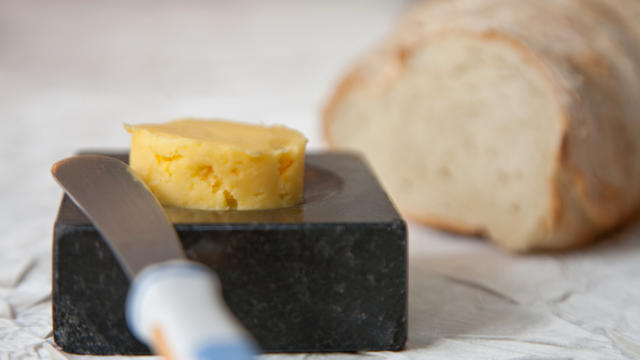There’s nothing better than finishing a meal on a sweet note or enjoying a sweet treat at any time of day. In Brittany, everyone knows that butter is the most important ingredient in cakes and biscuits. Breton pastries and sweet treats (also known as ‘lichouseries’ from the Breton word lichou meaning ‘gourmand’) are always very popular and make the best holiday memories.



















